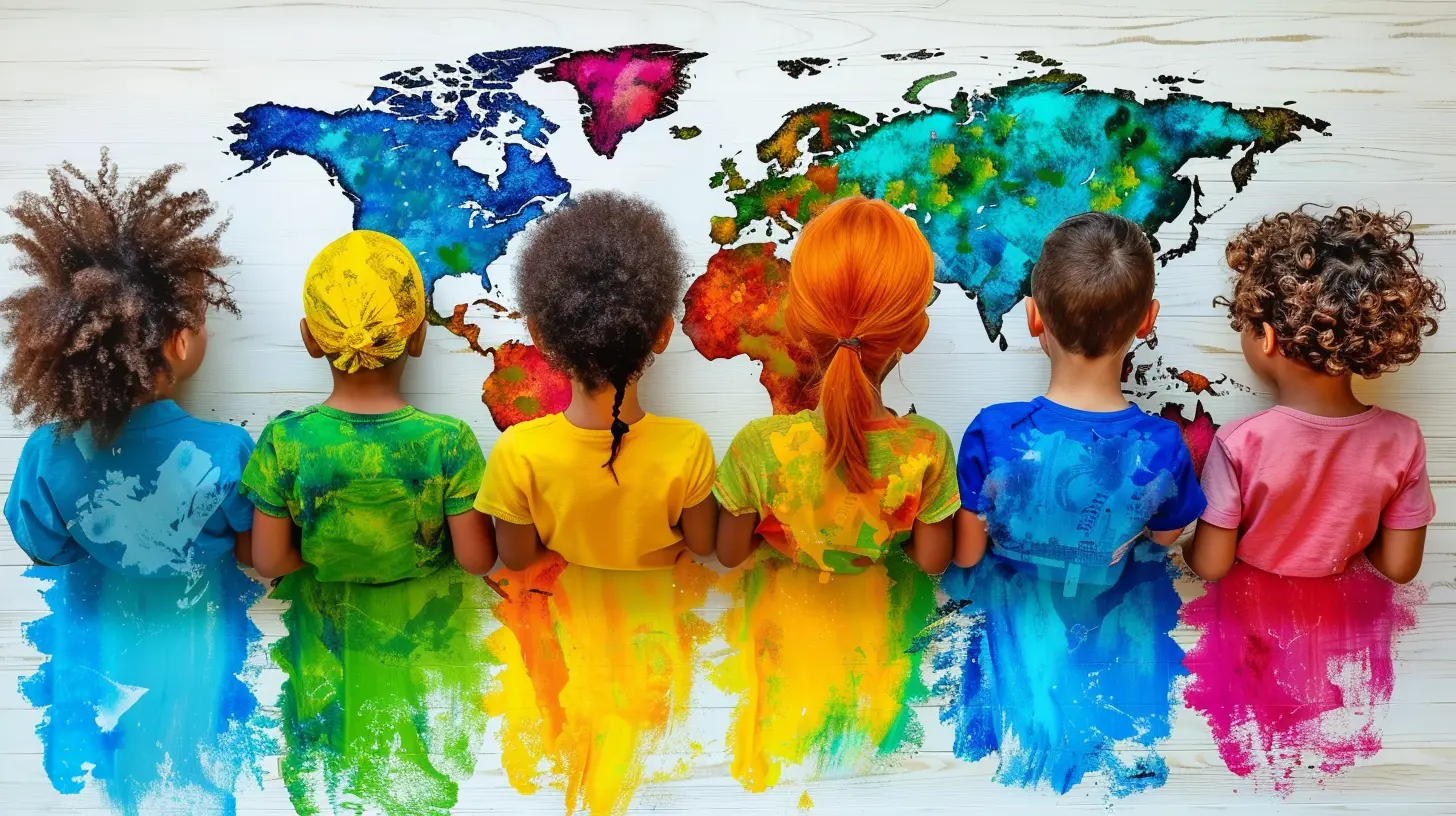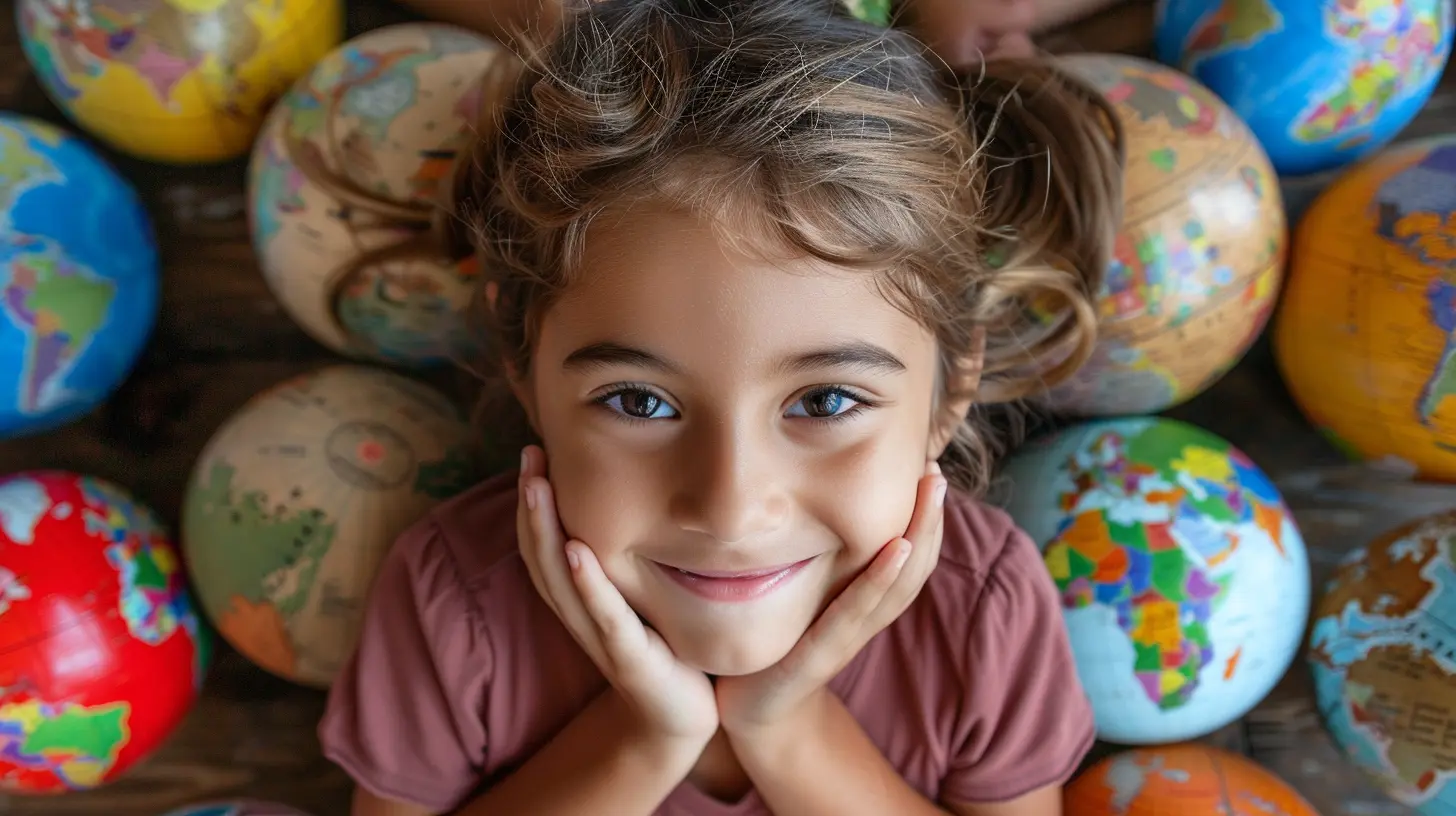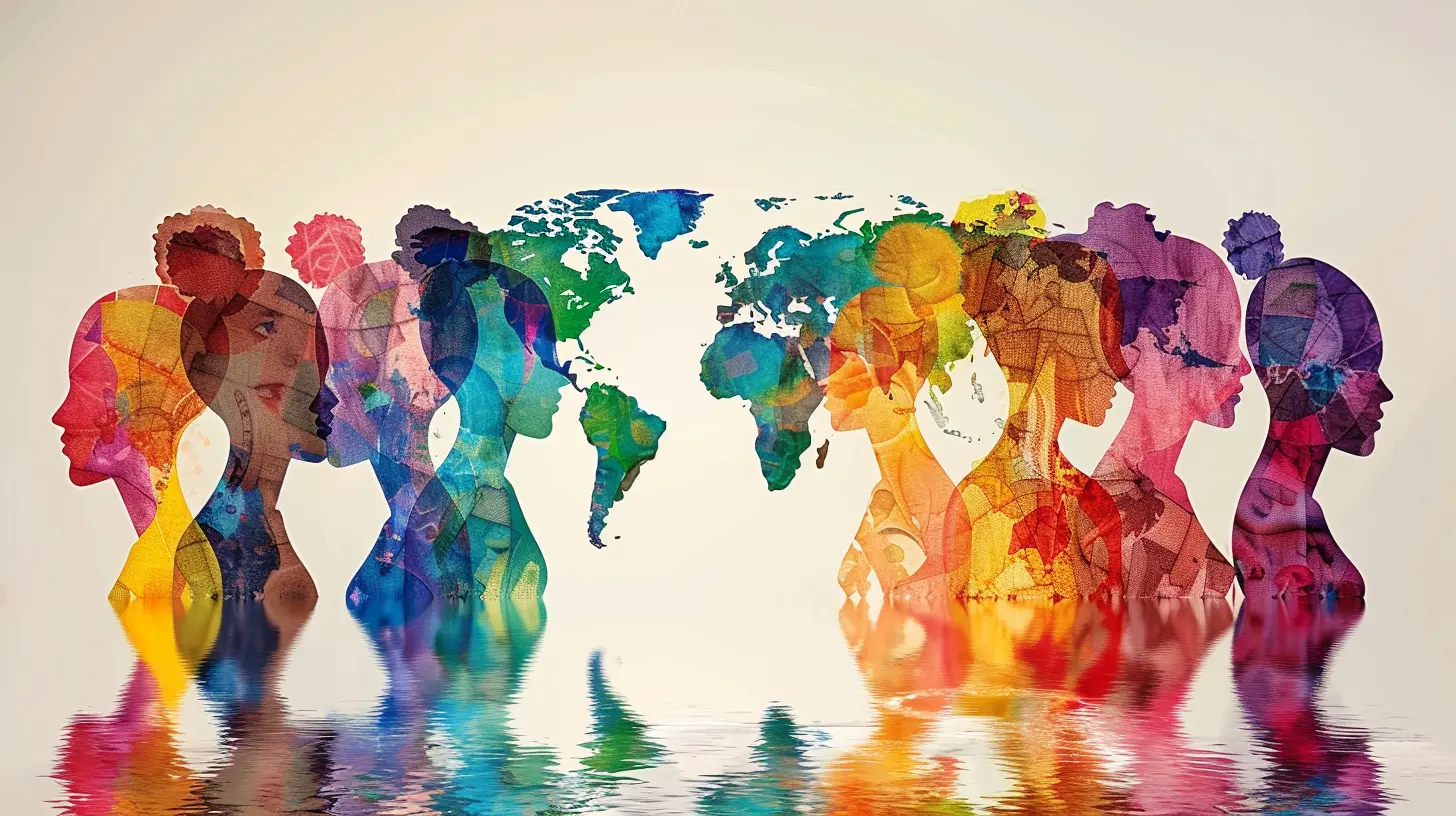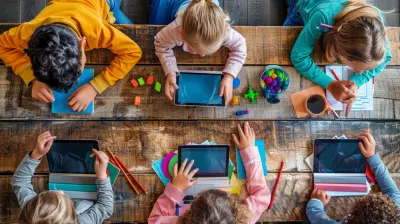Global Mindsets: Preparing Students for a Multicultural World
13 November 2025
In an age where information flows across borders in milliseconds and jobs no longer have geographical constraints, developing a global mindset is no longer optional—it's essential. Schools and educators must prepare students to thrive in an increasingly interconnected and multicultural world. But how exactly do we achieve that?
Let’s dive into what a global mindset is, why it matters, and how we can nurture it in students so they are ready to tackle the diverse challenges of the future.

What is a Global Mindset?
A global mindset is about more than just knowing a few foreign customs or speaking another language. It’s a way of thinking that embraces cultural diversity, respects different perspectives, and adapts to change.Think of it this way: Imagine you're playing a video game where you must solve problems in different worlds—each with its own unique set of rules. If you only stick to what you know and refuse to adapt, you're stuck at level one. But if you learn the mechanics of each world and adjust your strategy, you progress faster. That’s what a global mindset does in real life—it helps students navigate through different cultural "worlds" effortlessly. 
Why is a Global Mindset Important?
1. The Workplace is Going Global
Companies are no longer hiring just within their zip codes. Thanks to remote work, you could be in New York collaborating with a team from Japan, Germany, and Brazil—all at the same time. Employers value individuals who can communicate effectively across cultures, solve problems with diverse perspectives, and build strong international relationships.2. Cultural Awareness Prevents Misunderstandings
Ever heard of cultural blunders? Brands and individuals alike have made costly mistakes simply because they didn’t understand cultural nuances. For example, a simple hand gesture in one country could be offensive in another. Teaching students cultural awareness early on prevents missteps that could harm their future careers or relationships.3. Fosters Empathy and Open-Mindedness
A global mindset teaches students that different doesn’t mean wrong. By interacting with people from various backgrounds, they see the world through multiple lenses. This makes them more compassionate, understanding, and less likely to stereotype others. In short, they grow into individuals who listen before judging—a rare skill these days.
How Can Schools Foster a Global Mindset?
So, how do we get students to think globally? Schools play a massive role in shaping perspectives, and there are plenty of ways to integrate multicultural awareness into education.1. Incorporate Multicultural Education in the Curriculum
Teaching history, literature, and even science through a global lens can broaden students’ understanding of the world. Instead of focusing solely on one country’s history, why not discuss global events and how they’re interconnected? Instead of reading books by only local authors, introduce literature from different cultures.2. Encourage Language Learning
Speaking a second (or third!) language opens doors—not just professionally, but socially. It’s not just about memorizing vocabulary; it’s about understanding how other cultures think and express themselves. Plus, bilingual and multilingual students tend to develop stronger cognitive skills and better problem-solving abilities.3. Exchange Programs and Virtual Pen Pals
Not every student can afford to travel internationally, but technology has made it easier than ever to connect with peers from other countries. Virtual exchange programs allow students to interact with others worldwide, fostering friendships that go beyond borders.4. Promote Critical Thinking and Open Discussions
Encourage debates on global issues. Discuss news stories from different parts of the world, explore international policies, and let students voice their opinions. The goal isn't to reach a single "correct" answer but to develop the ability to see things from multiple perspectives.5. Celebrate Cultural Events Beyond the Surface
Many schools celebrate cultural days, but often in a superficial way—serving food or performing dances from different backgrounds. While that’s a good start, deeper engagement is needed. Invite speakers from diverse backgrounds to share their experiences, discuss cultural challenges, and allow students to ask meaningful questions.6. Encourage Study Abroad Opportunities
For those with the means, studying abroad is one of the most effective ways to develop a global mindset. Living in another country forces students to step out of their comfort zones and see life from a different cultural perspective.
Challenges in Developing a Global Mindset
While fostering a global mindset is incredibly rewarding, it doesn’t come without challenges.1. Overcoming Stereotypes
One of the biggest obstacles is breaking down preconceived notions. Many students grow up surrounded by certain narratives about other cultures—whether from media, family, or friends. Overcoming stereotypes requires consistent education, exposure, and conversations.2. Resistance to Change
Not everyone embraces new cultures easily. Some students (and even educators) may feel hesitant about change or unfamiliar traditions. It’s important to create a safe environment where curiosity is encouraged rather than ridiculed.3. Access to Global Learning Resources
Not all schools have the resources to integrate global education effectively. However, with the internet providing countless free resources, even schools with limited budgets can introduce students to diverse perspectives through virtual experiences.The Role of Parents in Building a Global Mindset
Education doesn’t stop at the classroom door. Parents play a crucial role in nurturing a global mindset at home. Simple things like encouraging children to read international news, watch foreign films, or try cuisines from different cultures can spark curiosity. Even traveling—whether internationally or to culturally diverse neighborhoods—broadens perspectives.More importantly, parents should foster an open dialogue. If children hear misconceptions about another culture, encourage them to question and research rather than accept stereotypes blindly.
The Future: A Borderless World
The world is becoming more interconnected every day. Students who develop a global mindset now will have a competitive edge in the future—both professionally and personally. They will not only be more employable but also more adaptable, understanding, and empathetic individuals.In a world filled with division, global education is the key to building bridges, not walls. So let’s start today—because the future belongs to those who can think beyond borders.
all images in this post were generated using AI tools
Category:
Cultural AwarenessAuthor:

Olivia Chapman

